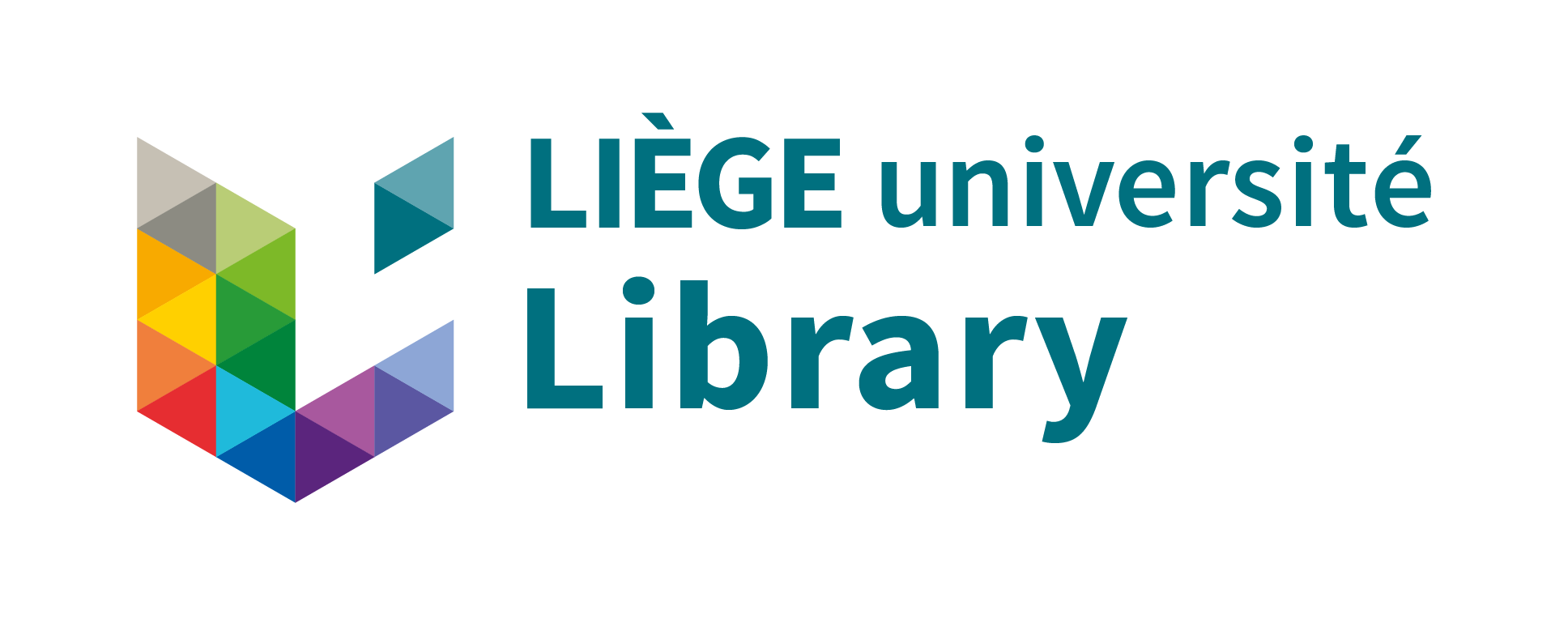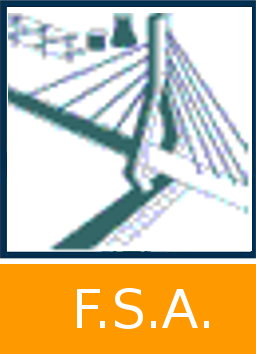Ultra-fast light-induced (magnetic) skyrmion nucleation in ultrathin films
Mignolet, Maxime 
Promotor(s) :
Dupé, Bertrand  ;
Verstraete, Matthieu
;
Verstraete, Matthieu 
Date of defense : 5-Sep-2022/6-Sep-2022 • Permalink : http://hdl.handle.net/2268.2/16289
Details
| Title : | Ultra-fast light-induced (magnetic) skyrmion nucleation in ultrathin films |
| Translated title : | [fr] Nucléation ultra-rapide de skyrmions (magnétiques) par lumière laser dans des couches ultra-minces |
| Author : | Mignolet, Maxime 
|
| Date of defense : | 5-Sep-2022/6-Sep-2022 |
| Advisor(s) : | Dupé, Bertrand 
Verstraete, Matthieu 
|
| Committee's member(s) : | Silhanek, Alejandro 
Vanderbemden, Philippe 
Vanderheyden, Benoît 
|
| Language : | English |
| Number of pages : | 53 |
| Keywords : | [en] skyrmion nucleation [en] ultrathin film |
| Discipline(s) : | Engineering, computing & technology > Materials science & engineering |
| Target public : | Researchers Professionals of domain |
| Institution(s) : | Université de Liège, Liège, Belgique |
| Degree: | Master en ingénieur civil physicien, à finalité approfondie |
| Faculty: | Master thesis of the Faculté des Sciences appliquées |
Abstract
[en] Magnetic skyrmions are topologically non-trivial particle-like magnetic textures. Possible applications encompass ultradense magnetic memories and low power computing. Skyrmions are therefore of great interest. In this work, we focus on the nucleation of individual skyrmions in a controllable manner as this still represents a challenge to be tackled to enable the realization of the possible applications.
We explore two nucleation routes. The first is an electric field driven nucleation. The application of a pulsed out-of-plane electric field induces a modification of the Dzyaloshinskii-Moriya interaction which permits the nucleation of a single skyrmion on the 100-fs timescale.
The second route to nucleation considered is the use of Laguerre-Gauss light beams, which carry orbital angular momentum (OAM). The nucleation occurs through the interaction with the electromagnetic field of the beam. We succeed to nucleate a single skyrmion as well as a skyrmionium, target skyrmion and two skyrmions. We show that the OAM helps reduce the nucleation threshold.
During this work, we also developed and implemented a generic algorithm for the automatic identification of skyrmionic textures in order to treat simulation results.
[fr] Les skyrmions sont des textures magnétiques topologiquement non triviales et localisées dans l'espace. Les skyrmions sont de grand intérêt de par leur possibles applications, tels que des mémoires magnétiques ultra-dense et le calcul à basse puissance. Dans ce travail, nous nous concentrons sur la nucléation contrôlée de skyrmions individuels étant donné que cela représente encore un défi à résoudre pour permettre la réalisation des possibles applications.
Nous explorons deux voies pour la nucléation. La première voie est la nucléation via un champ électrique. L'application d'un champ électrique hors-plan pulsé induit une modification de l'interaction de Dzyaloshinskii-Moriya. Cette modification permet la nucléation d'un skyrmion isolé à l'échelle de 100 fs.
Le deuxième procédé de nucléation considéré est l'utilisation de faisceaux de Laguerre-Gauss, ceux-ci possédant du moment angulaire orbital. La nucléation a lieu via l'interaction avec le champ électromagnétique du faisceau. Nous arrivons à nucléer un skyrmion isolé ainsi que un skyrmionium, target skyrmion et deux skyrmions ensembles. Nous montrons que le moment angulaire orbital aide à réduire le seuil de nucléation.
Pendant ce travail, nous avons également développé et implémenté un algorithme pour identification automatique de textures skyrmioniques dans le but de traiter automatiquement les résultats de simulations obtenus.
File(s)
Document(s)
Cite this master thesis
The University of Liège does not guarantee the scientific quality of these students' works or the accuracy of all the information they contain.


 Master Thesis Online
Master Thesis Online



 All files (archive ZIP)
All files (archive ZIP) masterThesis_Mignolet.pdf
masterThesis_Mignolet.pdf

